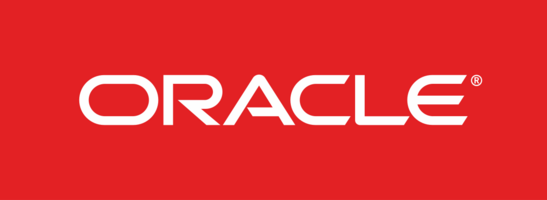
Content has always been king in the media and entertainment (M&E) industry, but when it comes to today's white-hot competitive landscape, it's also a key differentiator. Unfortunately, aggregating content simply isn't enough to win eyeballs and loyal subscribers.
Established streaming services with deep pockets like Netflix and Prime Video have been competing with traditional broadcasters for several years. Now they're going head to head with large studios like Disney and CBS Viacom (both of which have vast libraries) to enthrall streaming subscribers with captivating original content. In 2019, the industry invested an estimated $160 billion in TV and video programing worldwide, a figure expected to grow to $180 billion by 2022. Netflix alone is estimated to have spent $15 billion last year to buy, produce, and license content, a 25% jump over the company's 2018's $12 billion spend.
As the battle rages, the key to capturing the market is getting quality content to consumers as quickly, efficiently, and cost-effectively as possible. But as the M&E industry consolidates and takes ever-greater risks with original programming, it must also bridge the disconnect between production teams and the finance decision-makers holding the purse-strings. To overcome these issues, an effective production management solution must provide transparency of, and support for, the entire production journey. It must offer real-time data about budgets and projections so that creators, producers and financial backers can make the right investment decisions.




